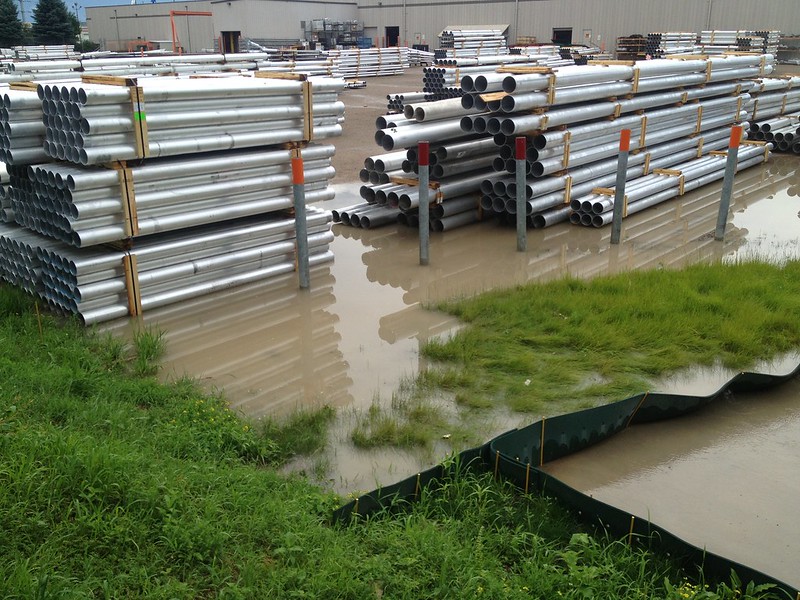In the state of Minnesota, the new year signals that it is time to make sure that all facilities that house industrial activities are covered by the new five-year Industrial Stormwater Permit through the Minnesota Pollution Control Agency (MPCA). The benefit of this permitting is that it forces facilities to re-evaluate their Best Management Practices (BMPs). Poorly chosen BMPs or improperly designed structural BMPs can lead to unnecessary exceedances and can prevent a facility from meeting the four-quarter benchmark average that allows them to end their quarterly sampling for the remainder of the permit. If your facility has struggled to hit the benchmarks, take this opportunity to assess how best to sample at your site. Additionally, if your facility has met the four-quarter monitoring average benchmark, under the 2020 MN ISW Permit, all permittees must resume quarterly monitoring as this is a new permit issuance.
The most significant change to the 2020 round of permitting is that it will be compatible with the agency-wide eServices program, TEMPO. Those that are familiar with the MN ISW Permitting process are aware that industrial facilities must reapply for coverage 150 days prior to the expiration of their permit. However, due to the rollout of the TEMPO compatible ISW Permit, this deadline has been extended. At the time of this blog posting, the 2020 permit application is not yet live. As such, the MPCA has stated that as long as the applications are in before the 2020 permits become active on April 1, they will be honored.
Other changes to the 2020 permit are largely nuanced and on a sector-by-sector basis. There are, however, some important items that need to be pointed out. It is now required that all permittees update their Stormwater Pollution Prevention Plans when there is a change in personnel responsible for managing the SWPPP implementing BMPs, conducting monthly visual inspections or collecting stormwater samples at the facility. Additionally, if a facility changes ownership or there is a change in the operator, the MPCA must be notified and the SWPPP updated accordingly. If you are anticipating to purchase an industrial property in the state of Minnesota, it is the responsibility of the owner or operator to ensure that the corresponding SWPPP is both achievable and the facility is compliant.
Finally, as we are currently in the midst of a typical Minnesota winter, it is important to remember that snowmelt is considered runoff. Within the SWPPP, permittees must describe and document all relevant BMPs at a facility to manage runoff and direct it away from fueling, manufacturing, storage and disposal areas, including snowmelt. This presents additional considerations that are often overlooked in areas with heavy salt and de-icer usage and where the practice of snow-piling is widespread.
For more information on the MPCA 2020 ISW Permit, visit the following resources developed by the MPCA:
https://www.pca.state.mn.us/water/industrial-stormwater
https://stormwater.pca.state.mn.us/index.php?title=Main_Page




